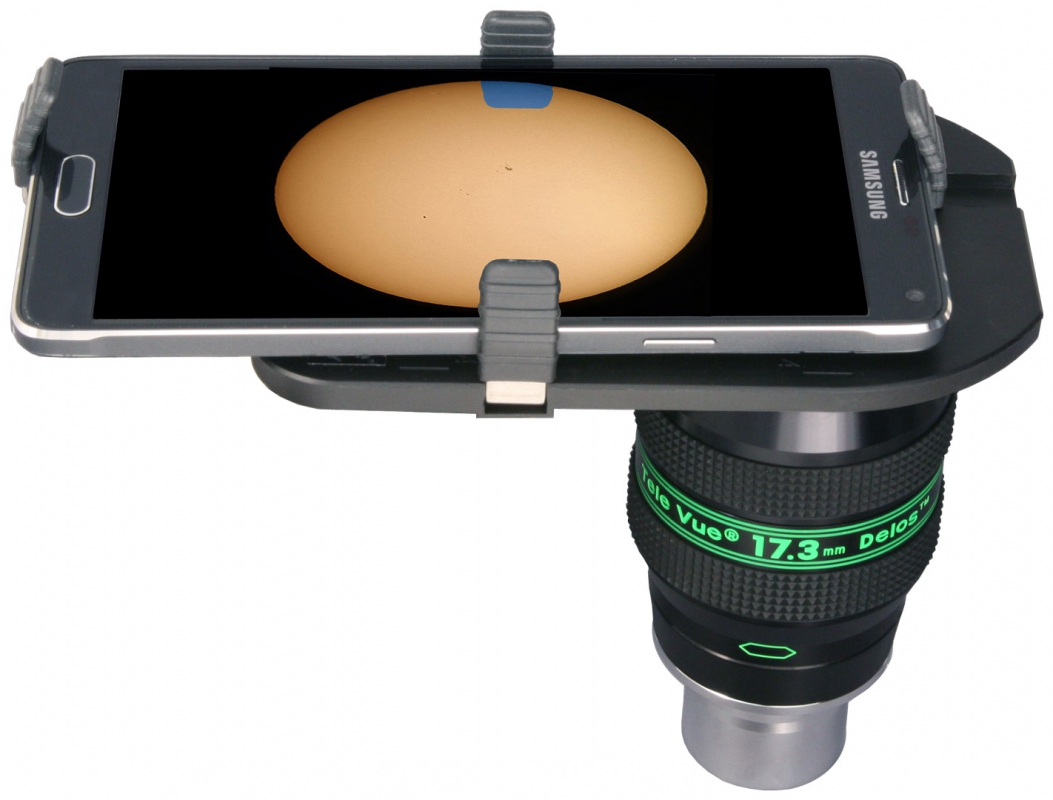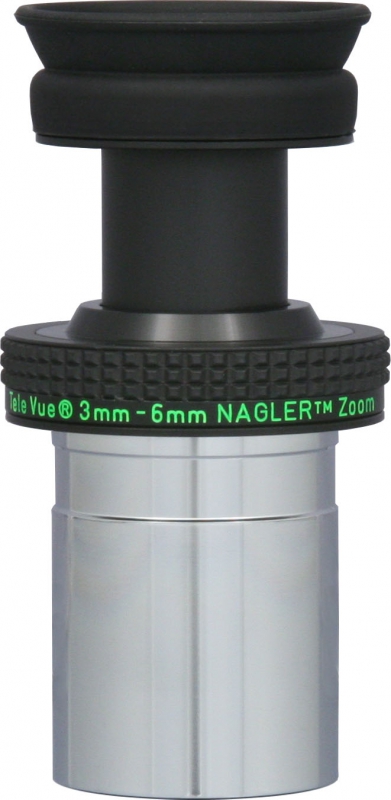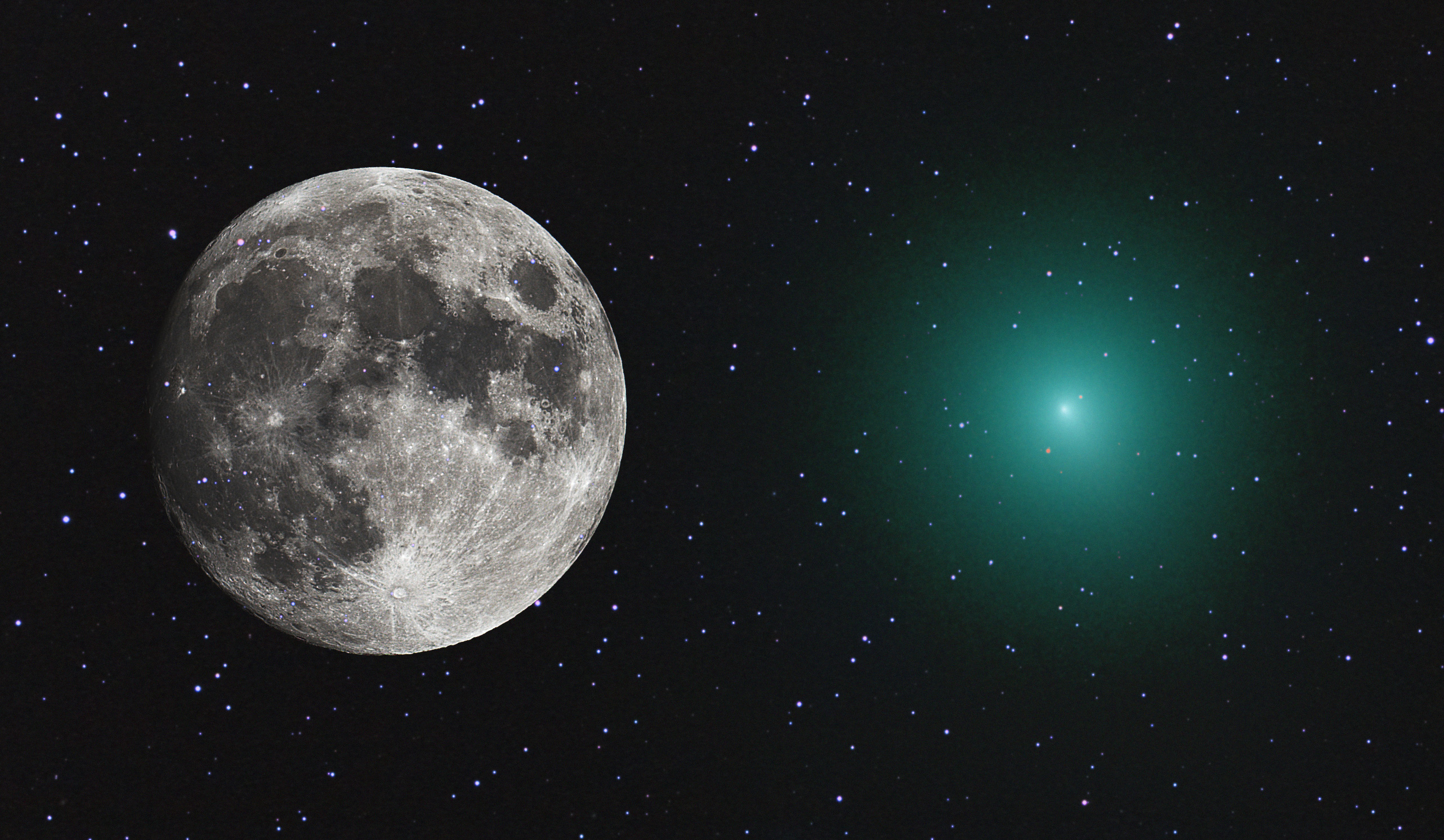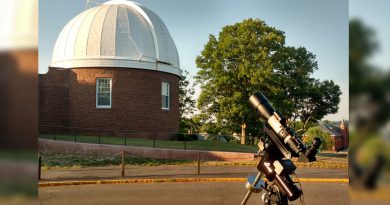Your 2023 Sky Event Planner
Introduction
Along with the nice planetary conjunctions early in the year, the major events this year will be the rising solar cycle and a major solar eclipse over the Americas.
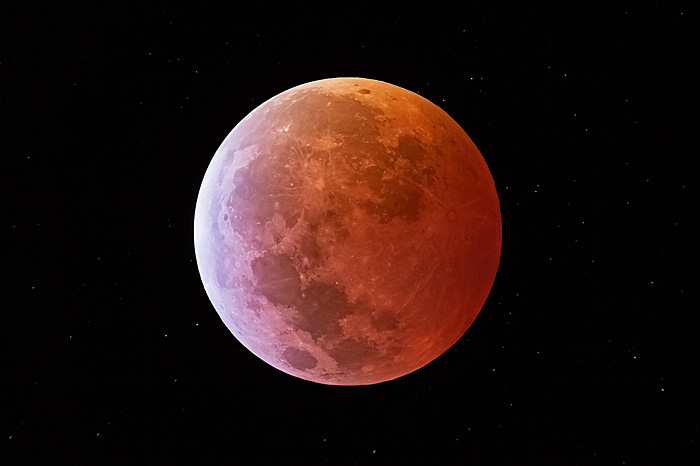
The Moon
The Moon this year will experience two lunar eclipses, four Supermoons, two Micromoons, and a Blue Moon (that probably won’t look blue). Use these events to take a fresh look at Earth’s nearest neighbor in space!
Lunar Eclipses
Let’s first review the types of Lunar Eclipses:
- Total Lunar Eclipses happen when the Moon passes through the umbral (inner) shadow of the Earth. This is the deepest shadow and can cause the Moon to turn red.
- Penumbral Lunar Eclipses happen when the Moon only passes through the large penumbral (outer) shadow of the Earth. This shadow is mixed with sunlight and only dims the Moon slightly.
- Partial Lunar Eclipses and phases happen when the Moon is not entirely inside the umbral shadow.

Because the Earth’s penumbral and umbral shadows are large at the distance of the Moon, the alignment of the Sun, Earth, and Moon two weeks before or after a solar eclipse is often close enough to cause a lunar eclipse. So, this year’s two lunar eclipses each happen two weeks after solar eclipses. Unfortunately, these lunar eclipses won’t be spectacular.
Lunar Eclipse maps and data courtesy of Fred Espenak and Jean Meeus, “Five Millennium Canon of Lunar Eclipses: -1999 to +3000”. On these maps, the dark areas see nothing, shaded areas will see part of the event, and white areas see the whole event. “TD” differs from “UT” by slightly over a minute. See Explanation Of Lunar Eclipse Figures page on NASA website for more information.
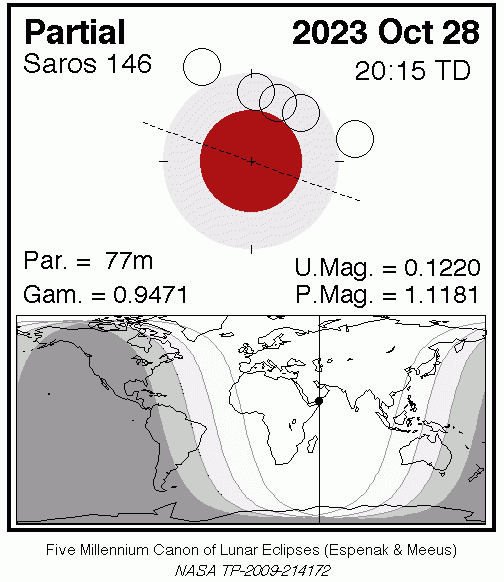
The Penumbral lunar eclipse of May 5th will see the Moon immerse itself in Earth’s penumbral shadow. This produces a dimming of the lunar surface that most people will not notice. The best visibility will be in the old world as the Western hemisphere will completely miss the event.
October 28th is technically a partial lunar eclipse because the extreme limb of the Moon will dip into Earth’s umbral shadow. But most of the event will find the Moon wallowing in the less spectacular penumbral shadow. Best visibility is again in the eastern hemisphere with the eastern regions of the Americas catching part of the event.

Supermoons, Micromoons, & Blue Moons
Due to the elliptical shape of the lunar orbit, the distance from the Earth to the Moon can vary by 50,200 km (31,200 mi). The term Supermoon describes a full Moon that occurs near the Moon’s closest approach to Earth while Micromoon describes a full Moon near the point furthest from the Earth. A Supermoon can be 14% bigger than a Micromoon. The difference in size is very obvious in photographic comparisons.
There is no agreed-upon definition of how close and far a Moon needs to be to qualify for any of these designations, so sources may differ on the number of these Moons in a year. From our reckoning, there will be four Supermoons in a row this year: July 3rd, August 1st, August 31st, and September 29th. Micromoons will happen on the full Moons of January 3rd and February 5th.
The second full Moon in August counts as a calendrical Blue Moon: the second full Moon in a calendar month. Don’t expect the Moon to actually appear blue — unless you see it through a haze layer caused by a volcanic eruption.
The Sun
Solar Cycle 25 is predicted to peak in July 2025, but the Sun is exhibiting peak-like activity right now. So we can look forward to some great action on the Sun all this year. See our Solar Update blog from March 2022 for more on the Solar Cycle and what solar features are visible through properly filtered solar telescopes.
Solar Eclipses
Just like last year, there will be an eclipse in April, followed by another one six months later in October. Let’s first review the types of Solar Eclipses:


- A Total eclipse happens when the Moon completely obscures the Sun for an observer.
- An Annular eclipse (from the word annulus or ring) happens when the Moon appears inside the disk of the Sun, but is too small to cover the Sun completely. This allows a ring of light from the Sun to shine around the lunar disk.
- Hybrid events happen when the eclipse appears Annular in some parts of the eclipse path and Total in another part.
- Partial eclipses and phases happen when the Moon obscures a part of the Sun while the lunar disk does not completely overlap the Solar disk.
Except for the brief moments of totality on the centerline of a total eclipse, viewers are cautioned to keep eclipse glasses on for these events.
Solar Eclipse maps and data courtesy of Fred Espenak and Jean Meeus, “Five Millennium Canon of Solar Eclipses: -1999 to +3000” (NASA/TP-2008-214170). Green lines denote limits of partial visibility. Blue line is the path of Totality. See Key to Solar Eclipse Figures for more information.

On April 20th a Hybrid Solar Eclipse will have the best viewing mostly over the water of the South Pacific and Indian Oceans. When it crosses over land it will favor the following regions: the North West Cape of Australia, Indonesia, and Papua New Guinea.
Six months later, on October 14th, an Annular solar eclipse will cross the Americas. Unlike the April event, the central path will be mostly over land, allowing millions to view the spectacle. The path crosses from the Pacific Ocean and makes landfall in Oregon and continues across to the Gulf of Mexico to the Yucatán Peninsula, Central America, through Columbia, and across Brazil.
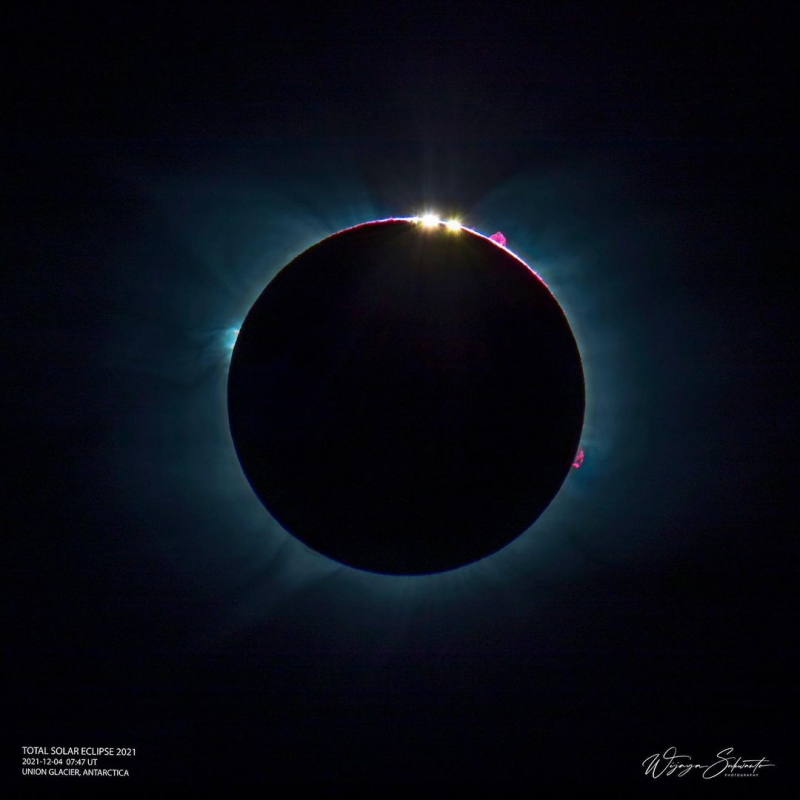

The Planets
Oppositions
Planets in opposition are in the sky opposite the Sun when viewed from Earth. They rise at sunset and are in the sky all night. Around opposition, the planets are closest to Earth and at their brightest. This makes opposition an opportune time to view and image a planet — especially the faint “ice giants” Uranus and Neptune. Note that only planets further away from the Sun than Earth can be in opposition.
Mars had an opposition last year in December which means Earth won’t catch up to it for another opposition until 2025. But the slower-moving, major, outer planets will all have oppositions this year.
- Saturn: August 27th
- Neptune: September 19th
- Jupiter: November 3rd
- Uranus: November 13th
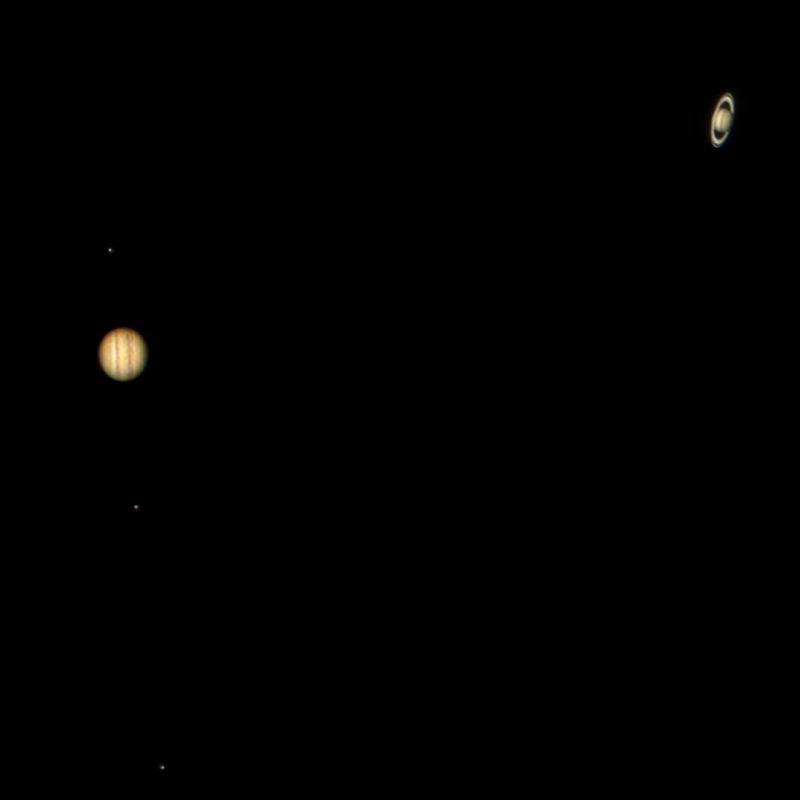
Planetary Conjunctions and Occultations
Sometimes planets get close enough to each other to fit together in one eyepiece field or the Moon and a planet cozy up to each other. These are planetary conjunctions. There are also solar conjunctions (diagram above), but that just means that a body is near the Sun and impossible to see. Occultations happen when one body appears to go behind the other. The most easily visible of these events is when the Moon passes in front of a star or planet.

Here is your planetary conjunction and occultation guide for 2023. Only events far enough from the Sun to be visible are noted. Occultations are only visible from certain parts of the Earth, but the other parts will see a close conjunction. Not every event is listed: for planet / planet events they must be within 2° and Moon / planet events within ½°. Dates given are UTC. Note that all the best events are in the first quarter of the year.
- January 3rd evening: Moon and Mars conjunction with an occultation visible in s. Africa from the Horn to Gabon, out to the Maldives in the Indian Ocean, and part of the s. Atlantic Ocean.
- January 22th evening: Venus and Saturn will be ⅓° apart
- January 30th evening: Moon and Mars conjunction and occultation visible in s. USA from Florida to s. California, Mexico, Central America and adjoining s. America, the Caribbean out to Cuba, and into the Pacific Ocean just short of Hawaii.
- February 15th evening: Venus and Neptune will just about touch.
- March 2nd evening: Venus and Jupiter will be ½° apart
- March 24th evening: Moon and Venus conjunction and occulted from s. Africa, s. Arabian Peninsula, India, s. China & parts of Indonesia.
- March 31st evening: Venus and Uranus 1¼° apart

Messier Marathon
When the Moon is New and the Sun in Pisces / Aquarius it is possible to see all the Messier objects in one night if your latitude is not too far north or south. This is due to the gap in objects, from RA 21:40 to RA 0:40 where there is only one object: M52 in Cassiopeia. The Sun is in this gap near the Vernal Equinox (RA 0:00 Dec: 0.00) and is too far south to obliterate M52 from view. The typical Marathon sequence is to spot the objects that are about to set in the west, starting with M74 and M77, and working east (increasing RA) to M30 which rises ahead of the Sun. A section of a Messier Object sky map at right shows the path of the Sun as orange dots. Note the wide gap with no Messier objects at RA 0:00 Dec: 0.00.
This year the new Moon in March is on March 21st, just one day after the start of Northern Hemisphere Spring. That would make the evening of March 21st the best time to try for a Marathon with a few days before and after also good. This makes the weekends of March 18th and March 25th the best times to host organized events. We’ll write more about the Messier Marathon closer to the date.
Did you observe, sketch, or image with Tele Vue gear? We’ll like your social media post on that if you tag it #televue and the gear used. Example:
#televue #tv85 #ethos #jupiter
Do you want your Tele Vue images re-posted on Tele Vue Optics’ Social Media accounts? Use this hashtag for consideration:



